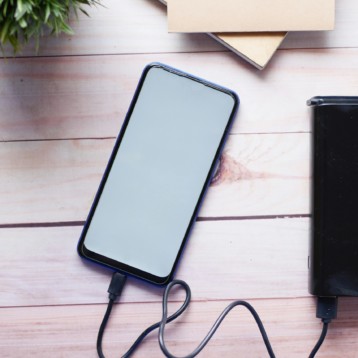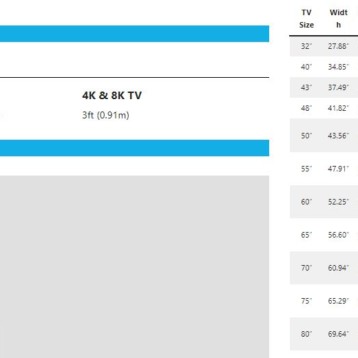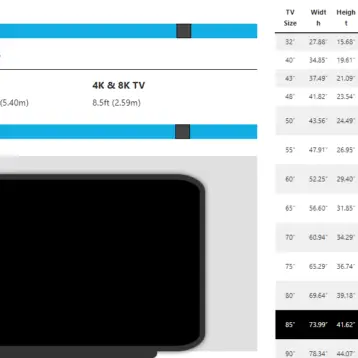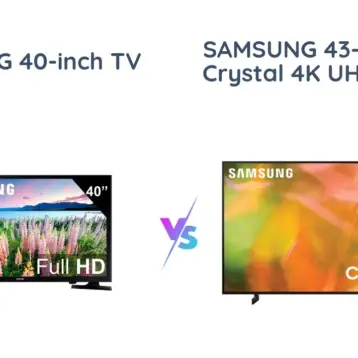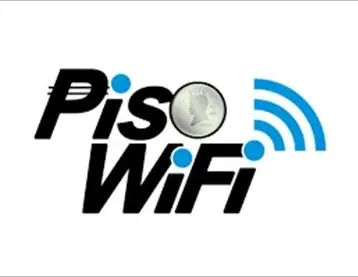The philosophy behind the creation of this nuclear gadget is simple – just like a smoke detector, if you should ever happen to need a radiation detector and do not have one, it will be too late to try to get one. There are several radiation detection methods: the most well known is probably the one employed on Geiger counters. However this method is delicate, tend to saturate at low radiation levels, and require battery consuming high voltage power supplies. The NukAlert uses a different method based on a Cadmium Sulfide Photoconductive cell viewing a Gadolinium OxySulfide scintillating phosphor through a custom molded plastic lens. The phosphor glows with a dim green light when exposed to radiation. Light emitted by the phosphor causes a reduction in the electrical resistance of the Cadmium Sulfide crystals in the photoconductive cell which the microprocessor measures to determine the radiation intensity.
According the NukAlert manufacturer the main advantages of Cadmium Sulfide as the sensitive element are ruggedness, low cost, and low battery consumption. Its disadvantages are slow response and sensitivity to temperature changes. Cadmium Sulfide sensors exhibit a very slow (hours) response to faint light after prolonged darkness. To produce a faster response the NukAlert sensor is illuminated by faint flashes of light from a green light emitting diode when it is not alarming. This bias light is continuously adjusted by the microprocessor to maintain the sensor near the first alarm threshold. The bias illumination is turned off as the unit approaches alarm so that calibration is not affected by it. At higher radiation intensities, the response of the sensor becomes more rapid.
The NukAlert might prove to be especially valuable for first responders trying to determine the radiation level in a potentially contaminated area. Currently many such teams around the world do not posses any radiation diction equipment and the simple and cheap NukAlert can be their only way to determine the level of threat.

